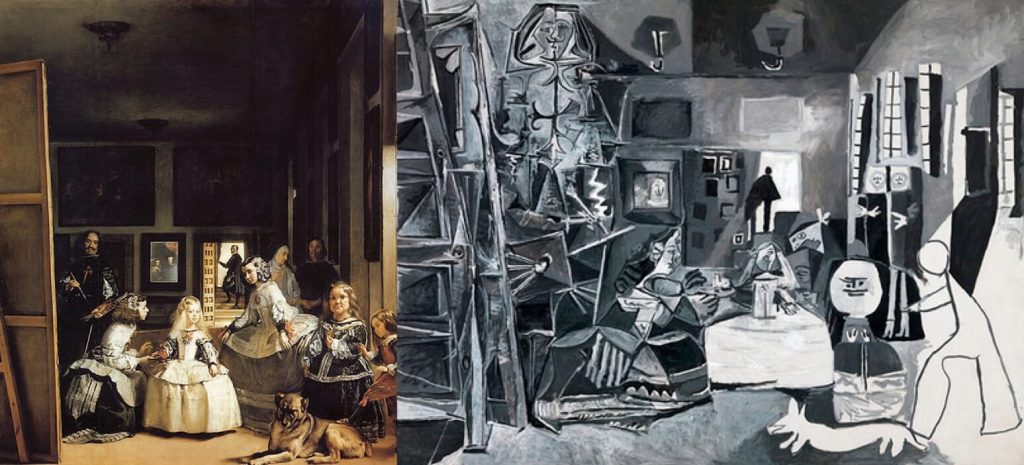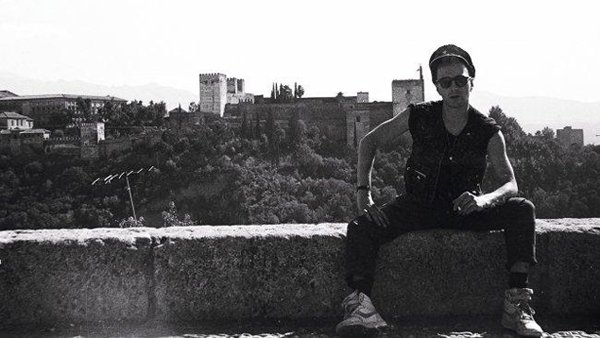The curious
art
of destroying art
Next week is the 40th anniversary of one of the most iconic rock&roll photographs of all time. Paul Simonon exploded, bass in hand, before a repressed and failed concert, giving way to the rage that characterized The Clash crashing the instrument against the ground. In a historic capture, photographer Pennie Smith took the snapshot that the group’s leader, Joe Strummer, well knew he understood the spirit of the group and decided to present as the cover of the next album: London Calling. When Simonon crashed his bass into the ground he was not using any language that could be presented in a score, yet he was talking about music; the music of The Clash that had been “pruned” by forcing the public to remain in their seats in the Palladium that September 21.
Perhaps, in certain occasions, art is too scarce for the human being, it surpasses its own physical and emotional barriers, and it becomes just a mix, a rage. On those occasions, the result is an uncontrolled outburst, without means or languages, it is only the curious art of destroying art, which allows art to fly beyond the material.
Perhaps this type of art is what the anonymous and most well-known Bansky was talking about when he crushed one of his most famous works while it was being auctioned: It was the end of the work, the end of his art, and the moment when he was transgressing his own medium.

Or perhaps Glenn Gould felt that in The Goldberg Viariations, by gutting their music, he could revive a Bach trapped within his own limits, within a rigid score that had been frozen in time. Altering the tempo and rhythm of the original papers, Gould loses himself in Bach’s universe, rewriting his music and somehow meeting the master face to face.

And before “Las Meninas”, Pablo Picasso had to tear the canvas, had to reinterpret each stroke in order to understand what Velázquez had lost over time, and left hidden behind layers of oil. In a series of 56 paintings, he tears out the curtains and opens the windows, allowing light to enter a scene blinded for 400 years, leaving the characters vitally naked: They have been discovered in their hidden posture; Velazquez rises between geometric figures, the meninas are disfigured, in order to highlight the beauty of the infanta…

Once these limits have been crossed, little remains of the original tickle and begins to turn into the “artist’s madness”, in the search for a universal art that is written with blows and destructurations, without a rhythm or a fixed support, but a message and an inextinguishable rage. Perhaps it was this message and this rage that caused Joe Strummer to cross Europe in search of a poet shot and end up falling in love with the Alhambra.

Header:
Paul Simonon (The Clash) destroys his bass at New York’s Palladium on September 21, 1979, photograph by Pennie Smith.